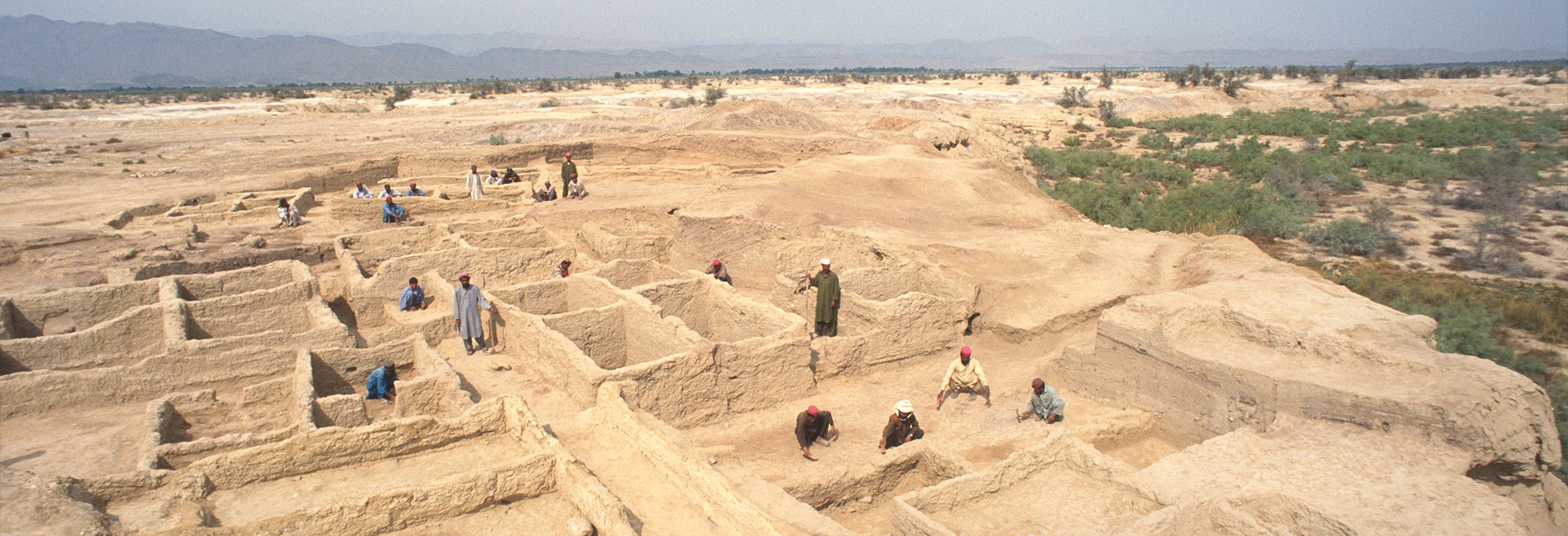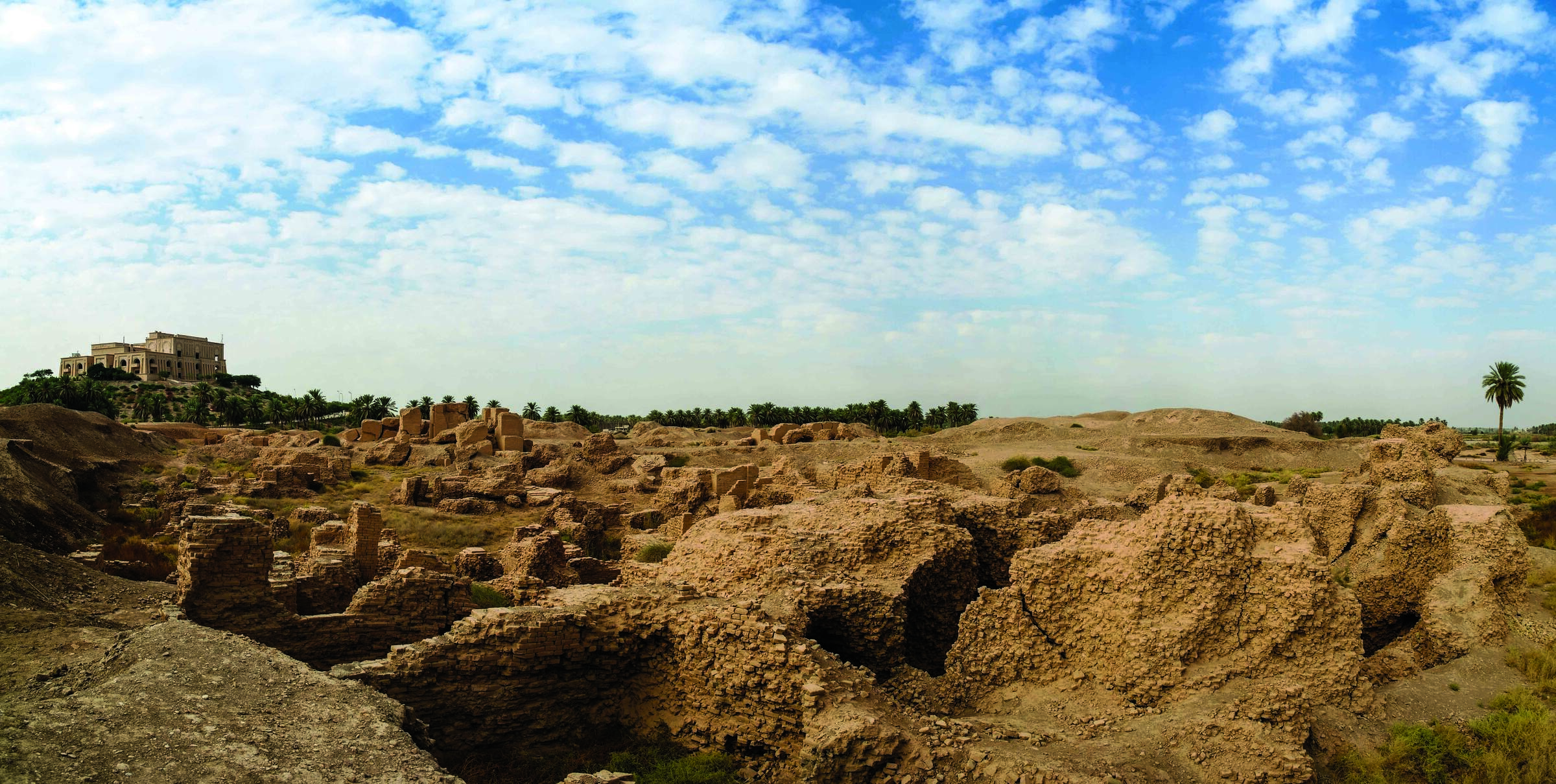WROCŁAW, POLAND—Cattle may have been domesticated in the Letti Basin of what is now Sudan some 10,000 years ago, according to a Science in Poland report. It had been previously thought that cattle were first domesticated from the wild aurochs in Turkey and Iraq, and then arrived in East Africa in the fifth millennium B.C. But Piotr Osypiński of the Polish Academy of Sciences and Marta Osypiński of the University of Wrocław said that they have found the remains of domesticated cattle with “aurochs-like” features in the Letti Basin, along with the bones of other wild species. The researchers are waiting for precise dating results of samples to confirm the age of the bones. “That group of people already knew ceramic vessels, used quern-stones to grind cereal grains (wild varieties of millet), so they can be called early-Neolithic communities,” Marta Osypiński said. “They still hunted wild savannah animals, with one only exception—cattle at an early stage of domestication.” To read about efforts to recover the aurochs genome, go to "Raise a Toast to the Aurochs."
Cattle May Have Been Domesticated in the Central Nile Valley
News May 16, 2022
Recommended Articles

Digs & Discoveries July/August 2025
Neolithic Neophytes

Letter from the Levant March/April 2025
On the Origin of the Pork Taboo
Exploring ancient people’s shifting beliefs about rearing and eating pigs


-
Features March/April 2022
The Last King of Babylon
Investigating the reign of Mesopotamia’s most eccentric ruler
 (iStock/HomoCosmicos)
(iStock/HomoCosmicos) -
Features March/April 2022
Paradise Lost
Archaeologists in Nova Scotia are uncovering evidence of thriving seventeenth-century French colonists and their brutal expulsion
 (© Jamie Robertson)
(© Jamie Robertson) -
Features March/April 2022
Exploring Notre Dame's Hidden Past
The devastating 2019 fire is providing an unprecedented look at the secrets of the great cathedral
 (Patrick Zachmann)
(Patrick Zachmann) -
Letter from Doggerland March/April 2022
Mapping a Vanished Landscape
Evidence of a lost Mesolithic world lies deep beneath the dark waters of the North Sea
 (M.J. Thomas)
(M.J. Thomas)


